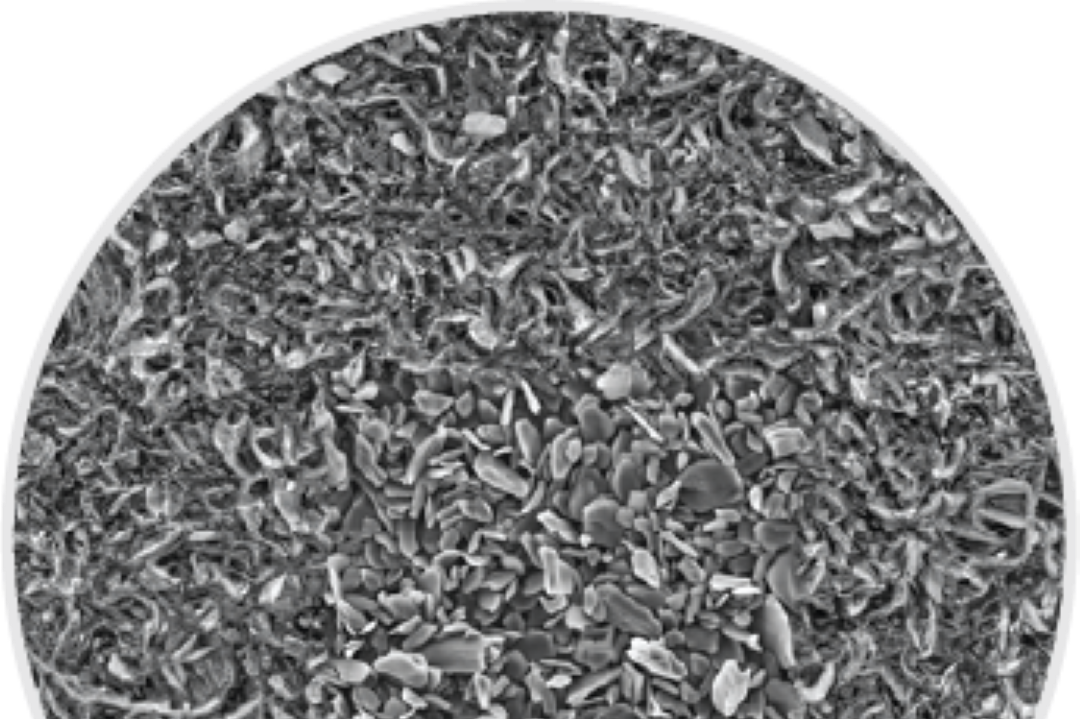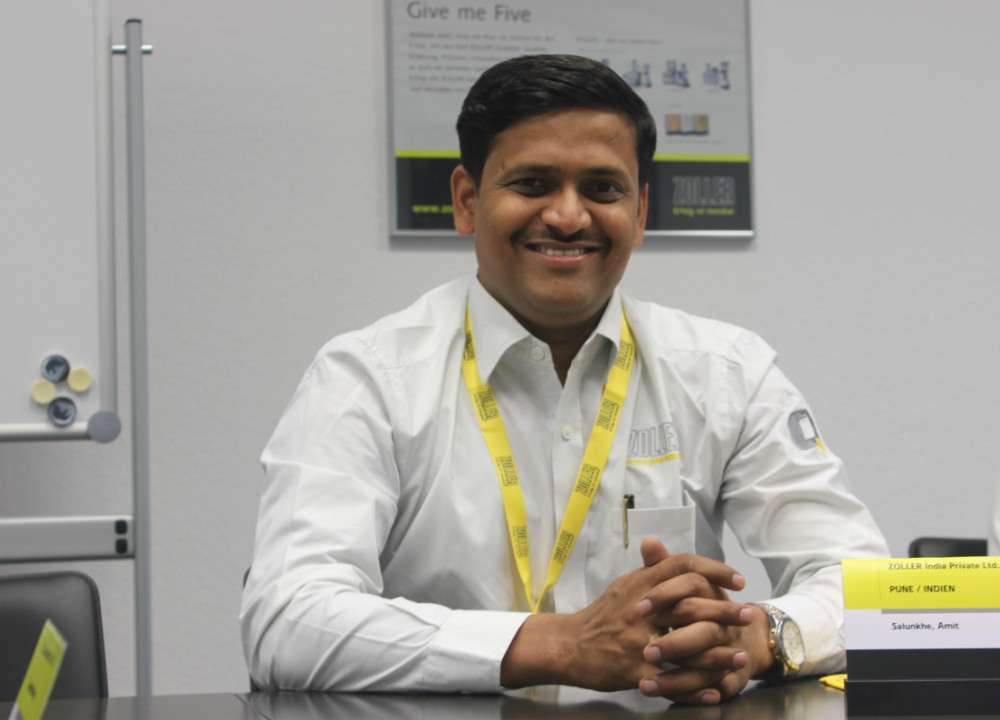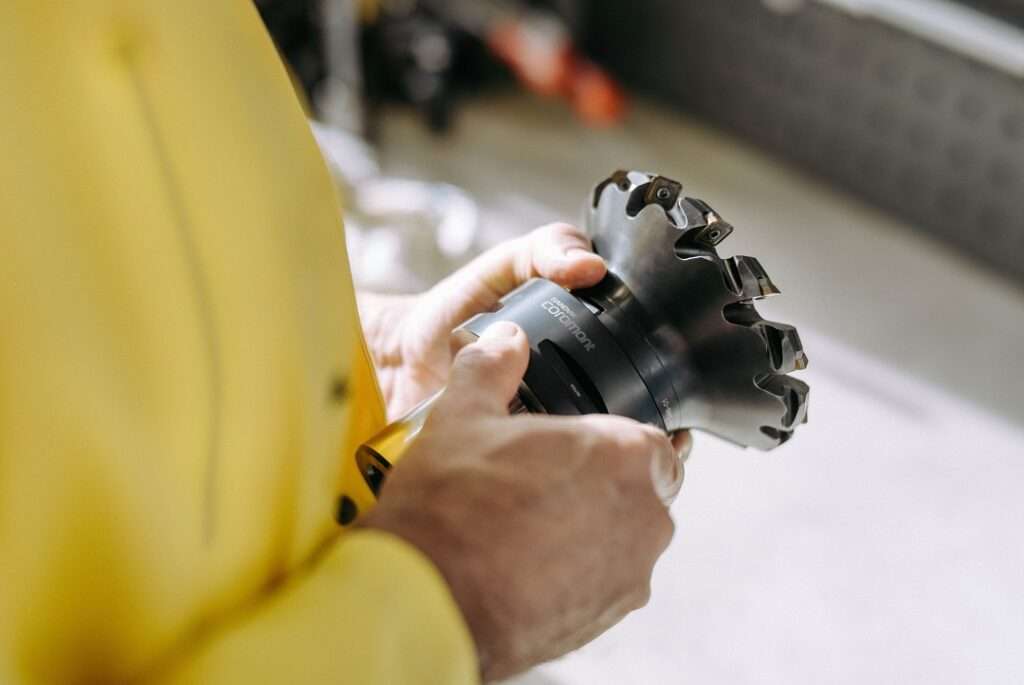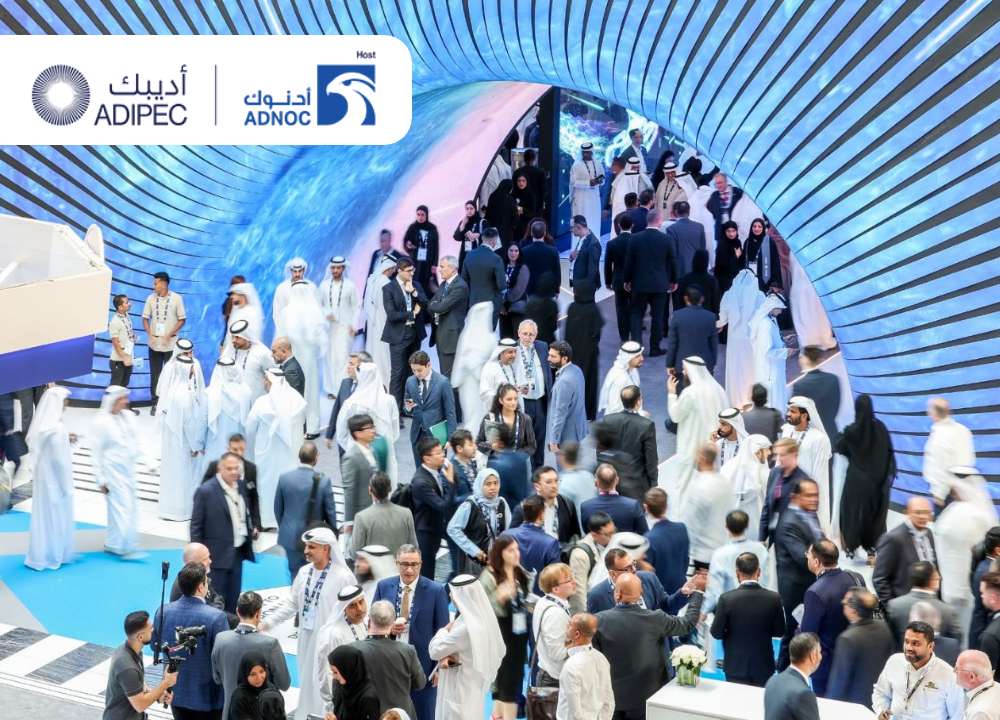Epsilon Advanced Materials (EAM), a global leader in lithium-ion battery (LiB) anode and cathode materials, has teamed up with Daejoo Electronic Materials (Daejoo), a South Korean manufacturer of silicon anode materials, to jointly develop a new silicon-graphite composite. The collaboration combines Epsilon’s graphite with Daejoo’s silicon material, aiming to enhance the efficiency and performance of LiB technology. This partnership is supported by Nagase, a Japanese trading company.
The goal of this joint program is to create a Gen-1 graphite-rich silicon composite anode material, with a target discharge capacity of 450-600 mAh/g. The new material is expected to improve battery discharge capacity by up to 50% and significantly extend battery life by several thousand cycles.
EAM will supply synthetic graphite for the creation and testing of SiOx-graphite composites in Daejoo’s laboratories, while Daejoo will provide samples to allow EAM to evaluate and refine the composites in its own facilities. The companies aim to qualify these materials with their customers and use them in next-generation battery products. The initial development and testing are expected to be completed by the end of 2024, with plans to jointly pursue material qualification with cell manufacturers thereafter.
Vikram Handa, Managing Director of Epsilon Group, commented, “This partnership with Daejoo, a recognized leader in silicon anode materials, reflects our commitment to advancing battery technology. Our efforts align with global goals for clean energy and sustainable mobility, as we work to meet the growing demand for safe, efficient battery solutions.”
Dae Woon Park, Managing Director of Daejoo Electronic Materials, added, “This collaboration supports our mission to improve battery performance and strengthens our presence in the Indian market. Together, we aim to develop cutting-edge materials that meet the evolving needs of our customers while contributing to sustainable progress.”
The new silicon-graphite composite technology represents a significant leap forward in lithium-ion battery development. By combining the high energy capacity of silicon with the stability of graphite, this material promises to enhance battery performance, longevity, and charging speed, meeting the demands of industries like automotive and other high-power sectors.







